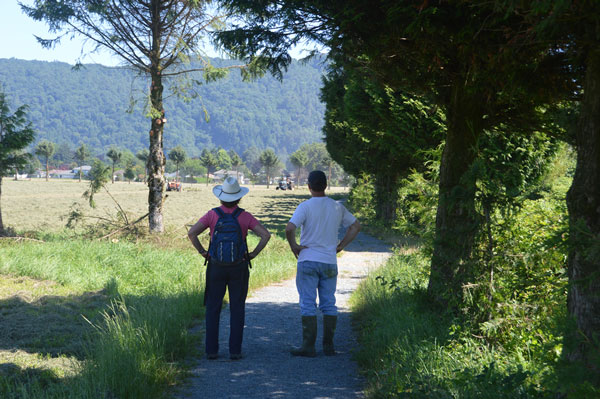Stewardship Practices | Case Studies

These case studies profile landowners who have adopted stewardship practices in different parts of BC.
The 20 case studies are divided into the following regions: Okanagan, Lower Mainland and Fraser Valley, Kootenays, and Vancouver Island.
Each case study includes:
- Site description,
- Project overview,
- Type of stewardship practices (for riparian areas and/or drainage maintenance), and
- Landowners’ perspectives on their motivation for adopting stewardship practices (SPs).
The case studies also highlight the challenges in implementing the practices and the outcomes of the stewardship project. Properties are assessed using a standard assessment methodology.
We hope you are inspired – we certainly are!
Implemented Stewardship Practices
Below is a list of stewardship practices, identified in the different guides, that were used in the case studies:
Stewardship Guide: Lands Near Water: Riparian Restoration and Enhancement
Stewardship Practices Used:
- Protect existing riparian areas
- Avoid Cleaning of riparian vegetation
- Pesticide and herbicide use in riparian areas only to control invasive species
- Avoid dumping organic waste in riparian areas (including grass clippings, yard waste and household plants)
- Establish new or restore degraded riparian buffer
- Control Invaseive species
- Augment riparian with agroforestry or leave strips
Stewardship Guide: Agricultural Waterways: Drainage Maintenance and Stewardship
Stewardship Practices Used:
- Conserve, enhance or restore riparian buffers along ditches
- Use sensitive methods to work in waterways
- Stabilize banks using bioengineering methods
- restore aquatic habitats
- Avoid over application or poor storage of manure
